How to Use Dental Wax for Teeth Care: A Comprehensive Guide
- What is Dental Wax?
- Why Should You Use Dental Wax for Teeth Care?
- How to Apply Dental Wax Properly
- Best Practices for Using Dental Wax
- When to Use Dental Wax
- Where to Buy Dental Wax
What is Dental Wax?
Dental wax is a soft, moldable substance that is used to protect and soothe various dental conditions. It is primarily made from paraffin or beeswax and is commonly used to cover sharp edges of braces, wires, or other dental appliances. The wax creates a barrier between the metal and the soft tissues in your mouth, preventing irritation and discomfort. Dental wax is safe for short-term use and is designed to make your daily oral care routine easier and more comfortable.
Why Should You Use Dental Wax for Teeth Care?
Using dental wax for teeth care can bring significant relief, especially for individuals wearing braces, retainers, or other orthodontic appliances. The primary benefit of dental wax is its ability to prevent irritation and reduce discomfort caused by metal braces or appliances. When applied correctly, dental wax creates a smooth surface that helps protect the inside of your mouth from painful cuts and sores.
Another reason to use dental wax is that it can aid in the adjustment period for people getting new dental work. The initial days of wearing a retainer or braces can be uncomfortable as your mouth gets used to the new appliances. Dental wax provides a quick and effective solution for soothing the irritation during this adjustment period.
How to Apply Dental Wax Properly
Applying dental wax is simple and easy. Here’s a step-by-step guide to help you:
- Start with clean, dry hands to avoid introducing any bacteria to your mouth.
- Take a small piece of dental wax and knead it between your fingers until it softens.
- Roll the wax into a small ball or shape that fits the area of your braces or dental appliance.
- Place the wax directly over the sharp or irritating areas of your braces or appliance.
- Gently press it down to ensure it sticks. Make sure the wax doesn't cover the wire entirely to avoid interfering with the function of your braces.
- Once applied, you can eat and drink with the wax in place, but remove it before brushing your teeth or flossing.
Best Practices for Using Dental Wax
While dental wax is a helpful tool for reducing discomfort, there are some best practices to keep in mind:
- Replace the wax regularly: Dental wax can wear down over time, so it's important to replace it daily or as needed to maintain comfort.
- Clean your braces or appliance: Always clean your braces and the area around them before applying new wax. This prevents bacteria from getting trapped under the wax.
- Avoid swallowing the wax: Be mindful not to swallow the wax while eating or drinking.
- Use wax as a temporary solution: Dental wax is great for short-term relief, but always consult your orthodontist for long-term solutions to any issues with your braces or appliance.
When to Use Dental Wax
You should consider using dental wax whenever you experience irritation from your braces or any other dental appliance. Here are some common situations where dental wax can provide relief:
- After getting new braces: The first few days or weeks of wearing braces can be uncomfortable as your mouth adjusts.
- When wires or brackets are poking: If a bracket or wire is irritating your cheek, gums, or lips, applying dental wax will help cushion the area.
- If you have sensitive spots: If certain parts of your braces are causing pain or sores, wax can provide a protective barrier to reduce discomfort.
Where to Buy Dental Wax
Dental wax is widely available at pharmacies, online retailers, and dental supply stores. If you're looking for high-quality dental wax to soothe your teeth and gums, you can check out Dentistry Toothtruth for trusted brands and products that are designed to support your oral health. Many dental wax products come in convenient, easy-to-use packaging, making them simple to carry with you wherever you go.

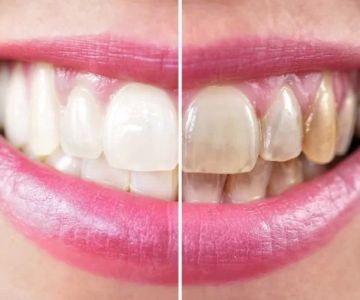

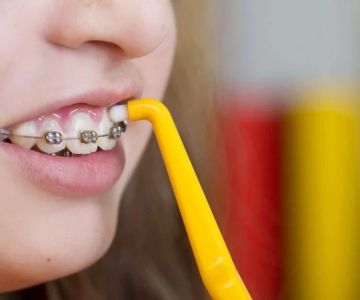


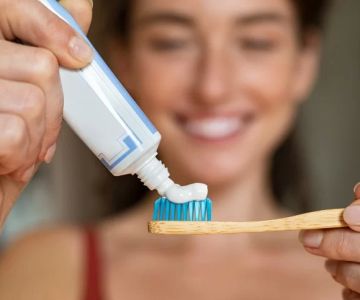
 Glendale Holistic Dentistry - Los Angeles Dentists Group4.0 (19 review)
Glendale Holistic Dentistry - Los Angeles Dentists Group4.0 (19 review) Shiney Smiles Orthodontics5.0 (165 review)
Shiney Smiles Orthodontics5.0 (165 review) Dr. Edward Rosenthal5.0 (109 review)
Dr. Edward Rosenthal5.0 (109 review) Newman Orthodontics4.0 (813 review)
Newman Orthodontics4.0 (813 review) Michael Brody DDS4.0 (8 review)
Michael Brody DDS4.0 (8 review) Canton Pediatric Dentistry & Orthodontics4.0 (387 review)
Canton Pediatric Dentistry & Orthodontics4.0 (387 review) The Importance of Oral Health Education During Pregnancy for a Healthy Pregnancy
The Importance of Oral Health Education During Pregnancy for a Healthy Pregnancy Best Tips for Brushing Your Teeth Properly for Healthy Gums: Essential Techniques for Oral Health
Best Tips for Brushing Your Teeth Properly for Healthy Gums: Essential Techniques for Oral Health Why Skipping Dental Checkups Can Lead to Bigger Oral Health Problems
Why Skipping Dental Checkups Can Lead to Bigger Oral Health Problems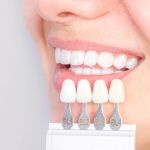 Advantages of Porcelain Dental Restorations
Advantages of Porcelain Dental Restorations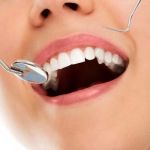 How Can Diabetes Cause Tooth and Gum Problems? Preventing and Managing Oral Health Issues
How Can Diabetes Cause Tooth and Gum Problems? Preventing and Managing Oral Health Issues Healthy Habits for Promoting Good Oral Health and Hygiene: Tips for a Healthy Smile
Healthy Habits for Promoting Good Oral Health and Hygiene: Tips for a Healthy Smile